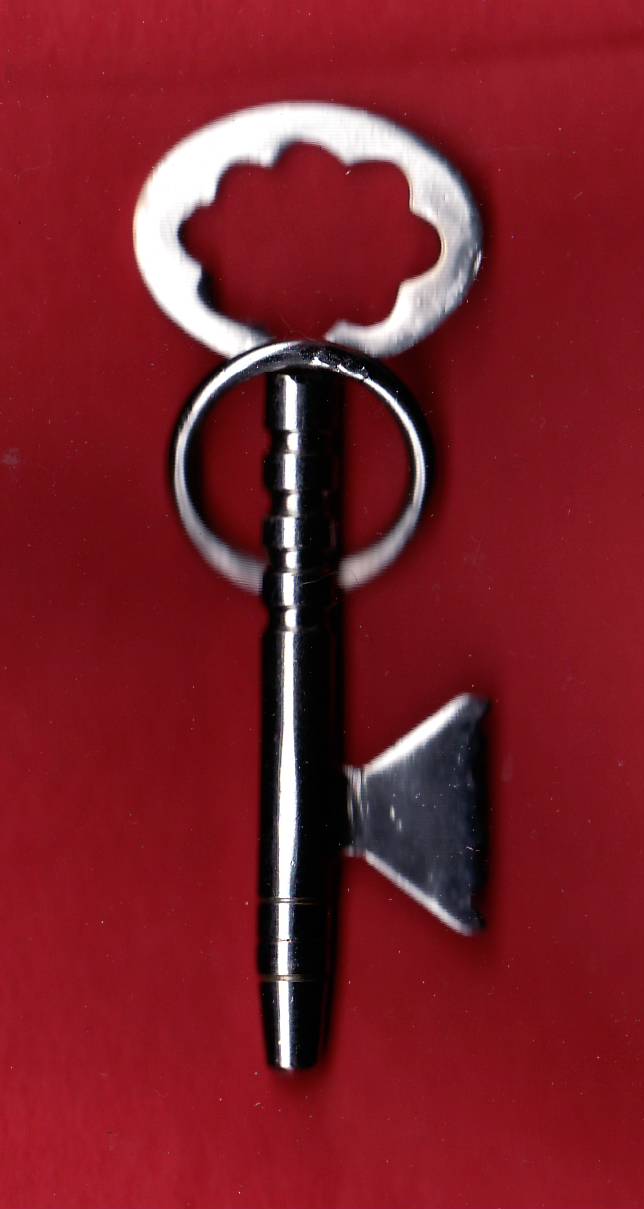Flat representations can't show these connections. Neither could an elaborate three-dimensional model, because when you consider what a thing is or what it's like, you not only make connections with other concepts, but experiences and emotions. You will have connections reaching into the past and the future, connections related to sounds, smells, tastes and textures. The more you know about something, the more you can know, because there are more and more hooks to hang more information on—more dots to connect.
I got the idea for this kind of graph from Trust the Children: A Manual and Activity Guide for Homeschooling and Alternative Learning by Anna Kealoha.
Here's a simple mathematical example:

But being more "cross-disciplinary" about it, not limiting to just one area, we've played with them more like this:

And any of those can become "the center" and branch out to everything else in the whole wide world. But at the heart of this exercise is what is and what isn't: What IS a thing, and what is not the thing? What is like it and what is unlike it?

graphs by Sandra Dodd, when Holly Dodd was thirteen years old









